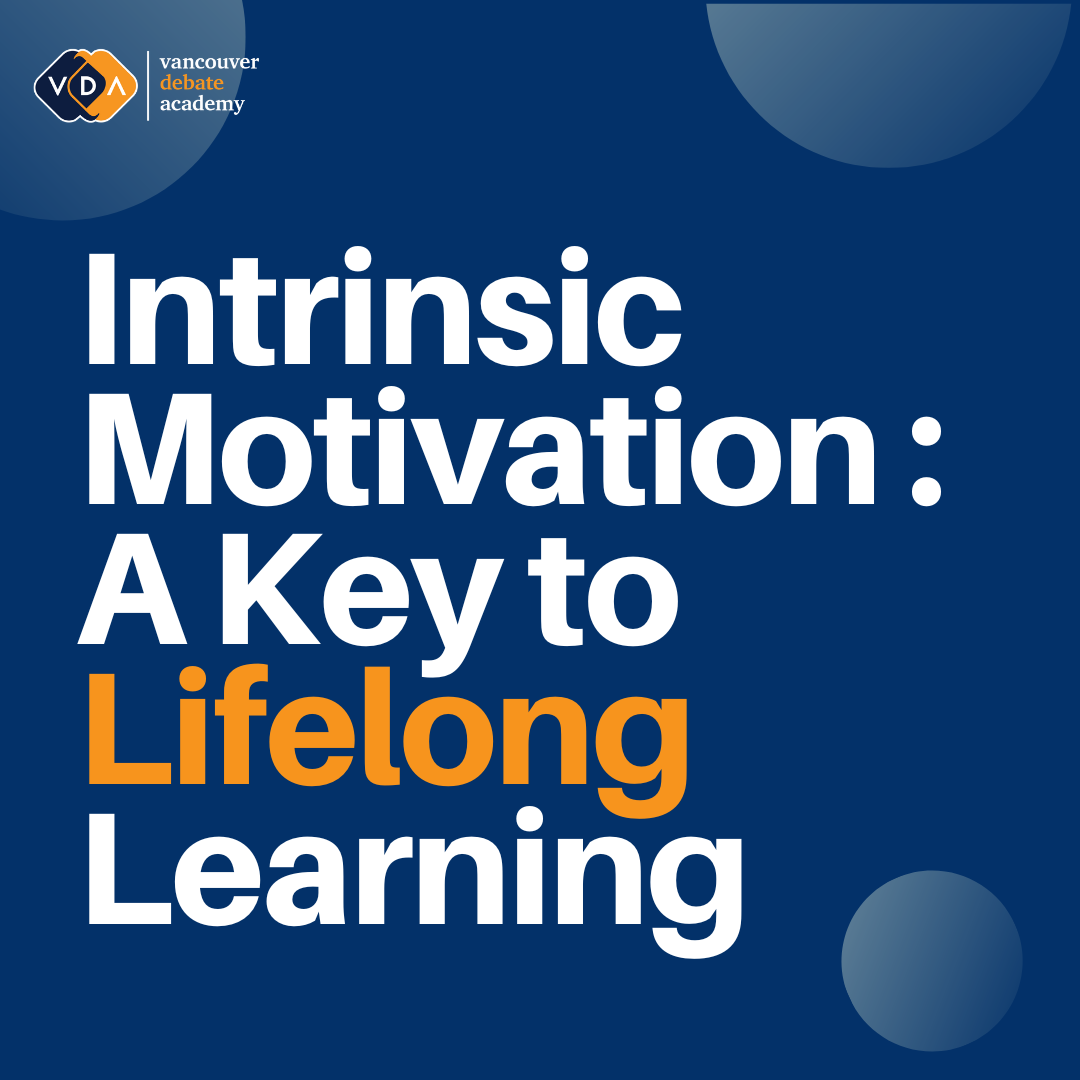Fostering Intrinsic Motivation in Students: A Key to Lifelong Learning

Intrinsic motivation is crucial for students’ effective learning and personal growth. Unlike extrinsic motivation, where students are driven by external rewards of a task such as grades or praise, intrinsic motivation arises from within students – fueled by an inherent interest or enjoyment in a particular subject itself, this internal drive propels individuals to engage with a subject for its own sake. Students intrinsically driven by interest, curiosity, or the satisfaction derived from a subject itself continue study and learning outside of the classroom. This form of motivation is thus crucial for educators to prioritize as their main pedagogical goal as it fosters in students a love for learning for its own sake, encourages self-directed exploration, and leads to deeper and more meaningful engagement with the world.
Sounds great right!? BUT how do educators make this happen?
The most important starting point is the creation of a supportive learning environment: A classroom that encourages autonomy, provides choices, and respects students’ voices fosters in students a sense of ownership and control over their learning process.
Furthering the overarching educational goal, educators also must be…
- Cultivating relevance and connection: When educators connect learning material to students’ interests, experiences, and real-world applications, it increases the perceived value and relevance of the content, sparking intrinsic interest.
- Encouraging mastery and competence: By setting achievable challenges and providing constructive feedback, teachers can help students experience a sense of progress and competence, which is a key driver of intrinsic motivation.
- Promoting curiosity and exploration: Encouraging questions, fostering a culture of inquiry, and allowing for exploration and experimentation can ignite students’ natural curiosity, a powerful intrinsic motivator.
- Modeling passion and enthusiasm: Teachers who exhibit genuine passion and enthusiasm for their subject matter can be contagious, inspiring students to develop a similar intrinsic interest.
Not easy to do – and good educators don’t grow on trees and must be nurtured as well, but that’s for another blog post.
Now I want to review more closely some specific deliverables that intrinsic motivation allows:
- Enhanced learning and retention: Students who are intrinsically motivated tend to engage more deeply with the material, leading to better understanding and long-term retention of knowledge.
- Development of critical thinking skills: Intrinsic motivation encourages students to question, analyze, and synthesize information, fostering critical thinking and problem-solving skills.
- Fostering resilience and perseverance: Intrinsic motivation helps students develop resilience and perseverance, as they are more likely to persist through challenges when driven by internal satisfaction.
- Preparation for lifelong learning: By instilling intrinsic motivation, educators equip students with a love for learning that extends beyond the classroom, preparing them for continuous personal and professional development throughout their lives.
- Positive emotional and mental health: Intrinsic motivation is linked to higher self-esteem, greater well-being, and reduced anxiety, as students find joy and satisfaction in the learning process itself.
To conclude, educators nurturing intrinsic motivation is pivotal in shaping not just successful students, but lifelong learners and well-rounded individuals. By employing strategies that foster autonomy, relevance, competence, curiosity, and passion, educators unlock the immense potential that lies within each student. The value of intrinsic motivation transcends academic achievement – it lays the foundation for a fulfilling and self-directed life of learning and growth.

